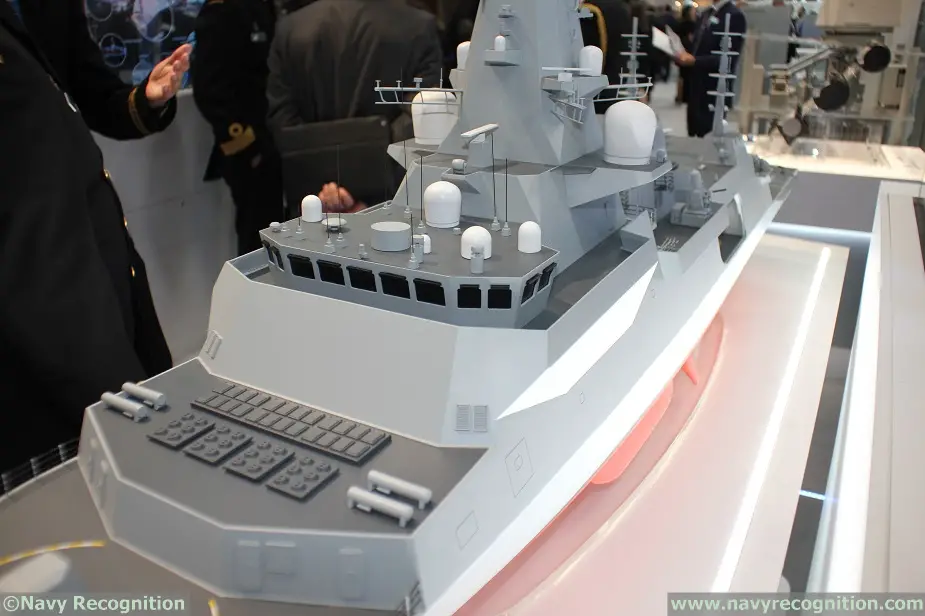CAMM basically does not make sense unless the RAN plans to move away from ESSM.
As an ESSM Consortium member, I would be surprised if Australia made that choice. Particularly as ESSM Block II basically closes the gap with CAMM, has commonality with existing weapon logistics and the USN, and would not require additional integration.
As far as loadouts...ESSM is a short ranged missile. If you're ever at the point that you seriously think you're going to need to expend a truly LARGE number of ESSM's...man, you might want to reconsider whatever it is you're thinking about doing.
I would not really consider the ESSM to be a short-ranged missile, since it supposedly has a range of ~50 km, while the Sea Ceptor is supposed to be ~25 km, and the RAM is ~9 km.
Again, I do not think it likely that the RAN the will adopt the Sea Ceptor, but the way things are currently I can see a few scenarios where the RAN might seriously look at adding Sea Ceptor missiles to the inventory which is why I have posted that I would not rule it out.
For me, the scenarios would start out with changes in the maritime security environment around Australia, ASEAN, and Australia's extended SLOC. More specifically, changes that result in an increased threat of air and/or AShM attack upon shipping, the RAN's minor warships/patrol vessels, as well as RAN support and amphibious ships.
If the above scenarios were to start to play out, then the RAN might very well decide that the future OPV's, the LHD's, HMAS Choules, the replacement AOR's, etc. need to have a greater self-defence capability vs. air and missile attacks, but also have that extra/new capability not be intrusive on the vessel like installing (or attempting to install) a Mk 41 VLS would be. This would in turn mean installing something like RAM/SeaRAM, Phalanx/SeaPhalanx, the Millennium Gun, or some other non-deck penetrating weapon system which either included it's own embedded sensors, or could plug into the ship's sensors and combat data system, and also did not require a target illuminator for guidance.
Depending on the capability requirements the RAN might have should the above scenario present itself, and also depending on how the Sea Ceptor development and integration goes, then Sea Ceptor might also qualify as a potential solution to the given scenario. IMO much would hinge upon whether or not a 'bolt-on' VLS can be developed that has a footprint and displacement comparable to some of the other potential self-defence solutions like SeaRAM. If such a launcher were to be developed for Sea Ceptor, then it would be possible for a navy to maintain a pool of Sea Ceptor VLS, and fit them as needed to vessels on deployments in much the same way that the RAN does with the Mk 15 Phalanx CIWS now.
As should be clear, there are a number of variables which would impact whether or not such an idea would be viable, which is why I am not advocating for attempting to develop such a capability. IMO however, the potential for increased air and AShM threats to Australia's SLOC and areas of interest is real, as is the possibility that some RAN vessels might need more than a CIWS to defend either themselves, or other vessels near them.
As a side thought, it might be interesting to see if the SeaRAM launcher could be adapted to also launch Sea Ceptor, Hellfire, or Brimstone missiles, or if the launcher could serve as the base for a common ship launch system. Hellfire and Brimstone missiles would of course be little use vs. air and missile threats, but would make a mess of fast attack craft.

